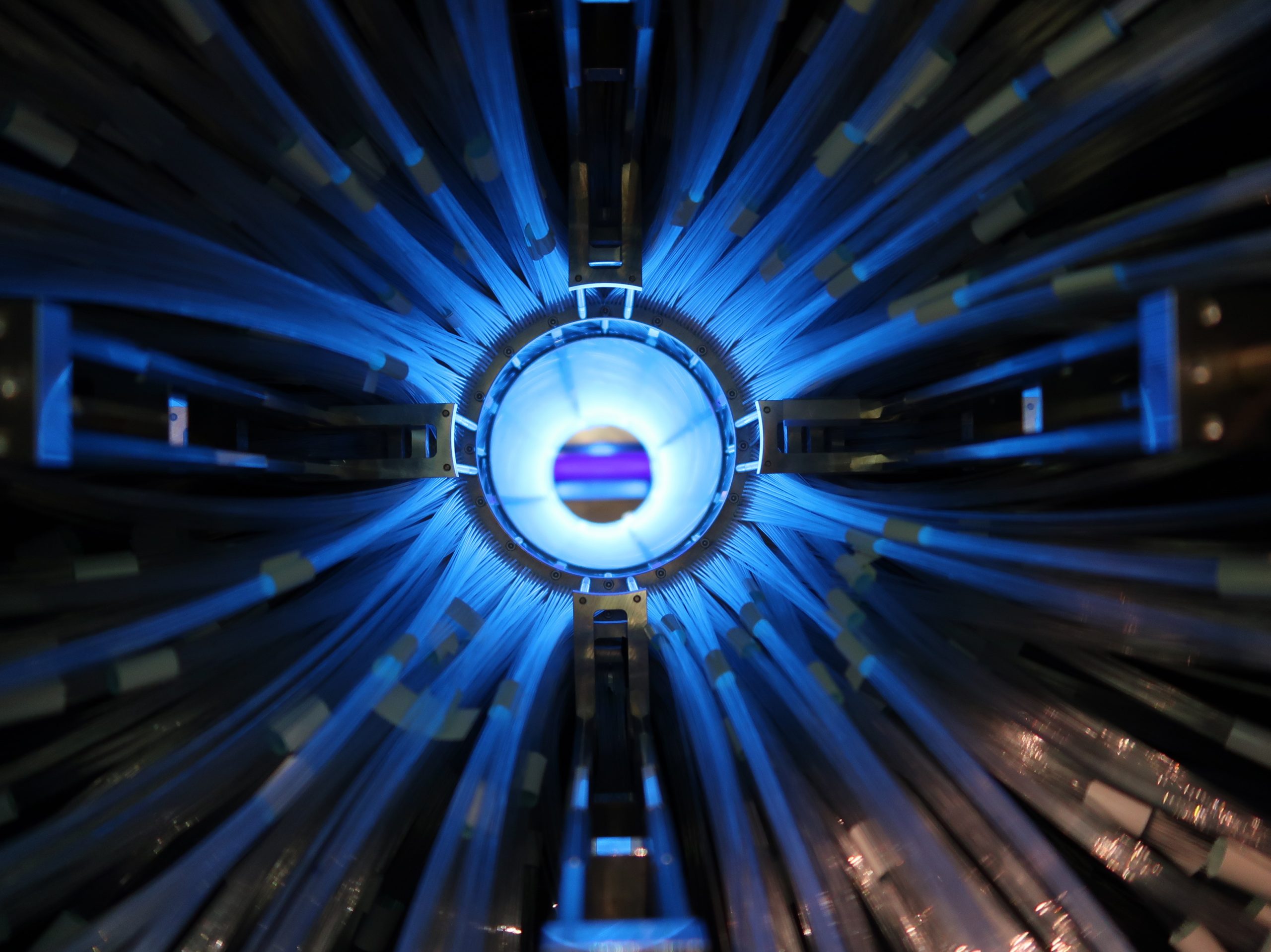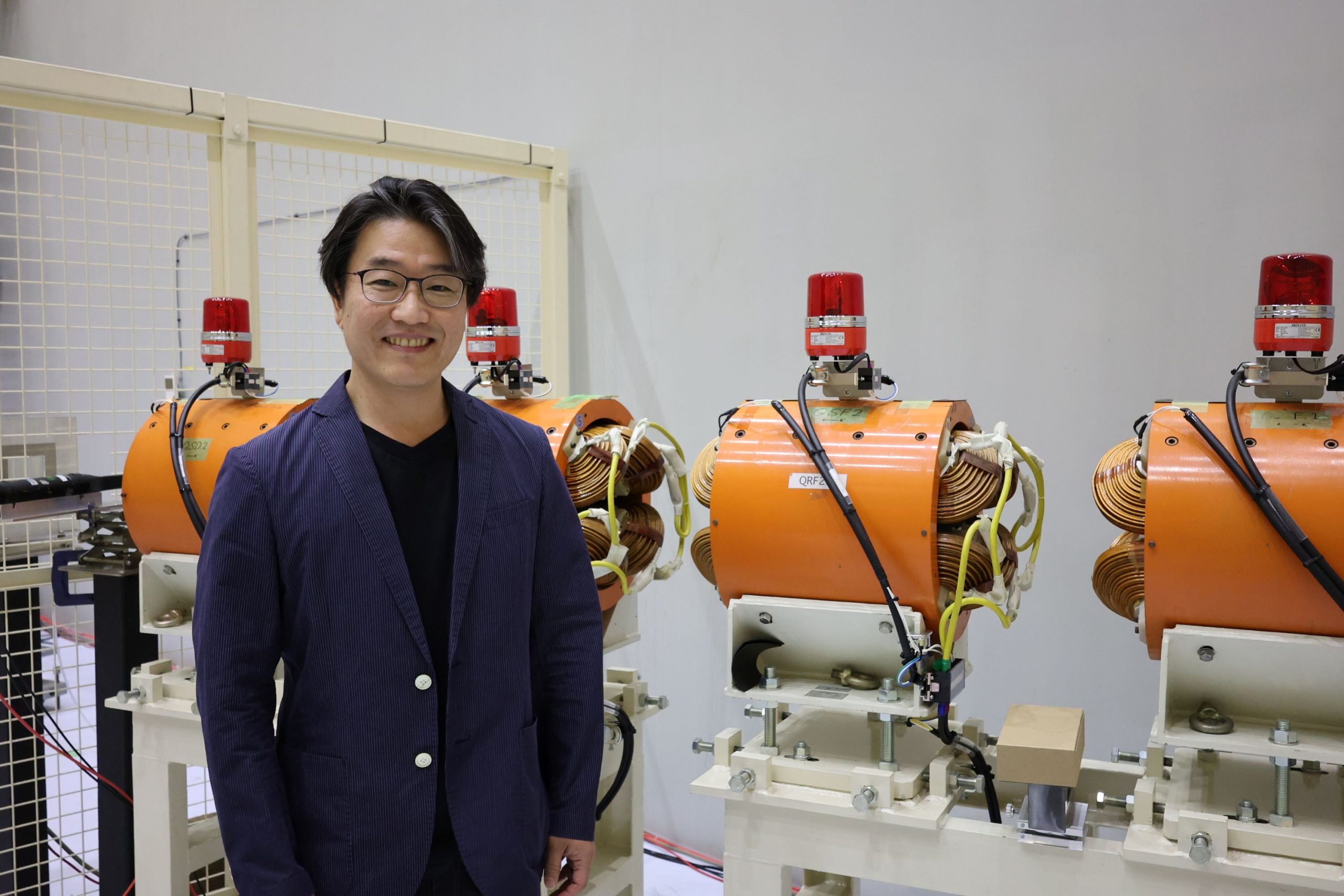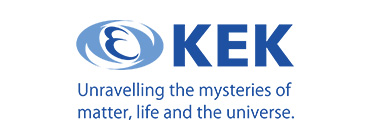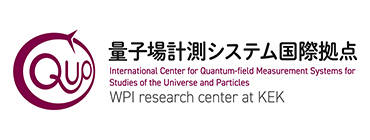- Topics
[Welcome to the IPNS] Interview with Dr. Yuji Enari of the Instrumentation Technology Development Center
May 30th, 2024
In April 2024, Dr. Yuji Enari joined the Instrumentation Technology Development Center at IPNS as an associate professor.
We interviewed him about what sparked his interest in the world of particle physics, the research he has conducted, and how he refreshes his mind when faced with challenges in his work.
■What sparked your interest in particle physics?
In elementary school science class, there was an experiment where we turned on a spotlight in a dark room and could see the path of light when there was smoke (probably from a cigarette the teacher used), while we couldn’t see anything when there was only air. It wasn’t a particle experiment, but it might have sparked my fascination with seeing the invisible.
When I selected my laboratory in my fourth year of university, I decided to choose the particle physics experiment. I strongly sympathized with the approach that if there wasn’t a suitable accelerator or detectors to study the physics we wanted to understand, then we would develop our own devices to make it possible.
■What kind of research were you involved in before coming to KEK?
I was involved in the Belle experiment in my student days. It was the beginning of the development of the TOP counter, which is now running on the Belle II detector. I remember well how happy I was when I could see the first ring image with the test beam of the first wide TOP counter prototype. The physics study at Belle was a search for lepton flavor-violation in tau decays. As a postdoc, I started searching for the Higgs particle at the DZero experiment using the Tevatron accelerator in Fermilab, and I spent very tense days in a situation where the Higgs particle might be found before the LHC (Large Hadron Collider) started its operation at CERN. Unfortunately, we could not find it, and after the Tevatron ceased operation, I joined the LHC-ATLAS experiment.
In the ATLAS experiment, I had been working on the measurement of the Higgs boson, especially, H→γγ and H→bb. On the hardware side of the ATLAS experiment, I was involved in the upgrade of the trigger readout of the liquid argon calorimeter and was responsible for the various tests from the system design phase, the development of firmware for the back-end electronics, commissioning after installation, and operation.
■What kind of research do you hope to pursue at KEK?
At KEK, my main work is on detector development. I would like to explore physics beyond the Standard Model, especially the mysteries surrounding the Higgs boson. To achieve this, my aim is to develop next-generation detectors for electron-positron collisions with center-of-mass system energies in the 1 TeV class or proton-proton collisions in the 100 TeV class. Since these experiments may not be feasible in our lifetime, I would like to realize them step by step. Specifically, I aim to develop a next-generation semiconductor detector that possesses radiation tolerance, a position resolution of less than 1 μm, and a time resolution of 1 ps level. I would like to establish a measurement system with high precision and high frequency readout by combining the high-speed communication and digital signal processing that I have been working on.
■Can you share your method of refreshing your mind when facing difficulties in research and work?
Cooking is the best refreshment for me. Cooking has several steps, cleaning up and washing up at the same time, so I get quite absorbed in it. It’s a great way to clear my mind and feel refreshed. And the dish I make turns out tasty, I feel quite satisfied. Besides cooking, I also enjoy jogging, cycling, and playing tennis.
——————————–
We look forward to your future activities at the IPNS!








